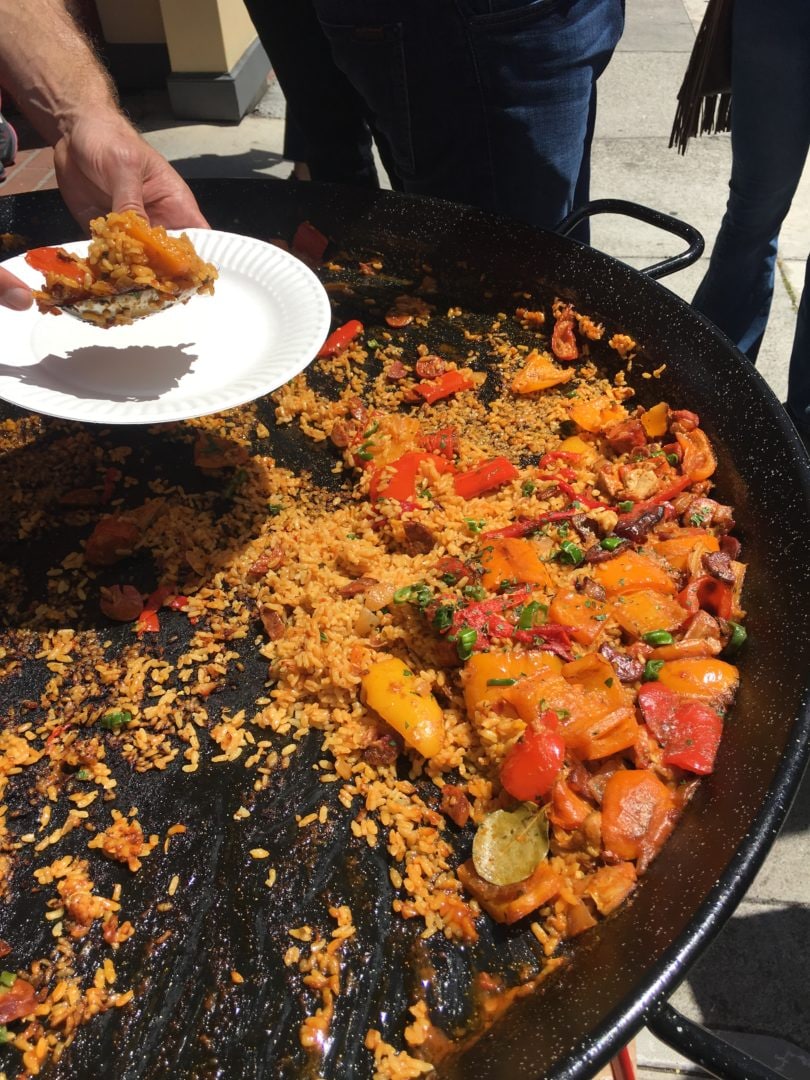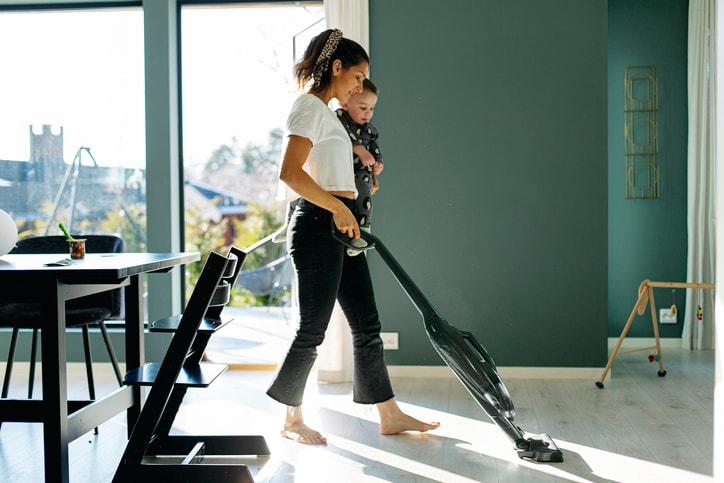A few weeks ago, I paid a visit to The Spanish Table, an awesome online store with a location here in the Bay area. Their demo on how to make Paella was excellent and completely eye-opening – It’s so much easier than I imagined! Plus, it’s jam packed with delicious, flavorful ingredients that my kids loved! This recipe is just one of so many variations of Paella out there- don’t hesitate to experiment with it!
Paella Recipe, courtesy of The Spanish Table:
½ cup uncooked Valencian Rice per person or 1/3 cup if using Bomba
1 cup chicken stock per person
5 threads saffron per person dissolved in a little white wine
4 tablespoons, or more, olive oil, to cover bottom of pan
1 piece of chicken, such as a thigh, per person
½ to 1 soft chorizo, such as Bilbao or Palacios, per person
½ teaspoon Spanish sweet pimenton (paprika) per person
1 clove garlic per person, minced
¼ cup chopped onion per person
⅛ cup grated tomato (cut in half, grate and discard the skin) per person
2 shrimp or prawns per person
2-4 small clams and/or mussels per person
red piquillo peppers cut in strips
artichoke hearts, green beans or peas
cooked white Spanish beans such as alubias de la granja or judion
lemon wedges for garnish
salt to taste
Heat stock in a separate stock pot. Crush saffron and add it to stock or a little bit of white wine. Heat paella pan over medium heat, add olive oil and fry chicken until it begins to brown. Next add garlic and onions and saute until translucent. Add chorizo and cook until heated. Add the rice, stirring until well coated with oil. Add the paprika and grated tomato. Stir while cooking for a few minutes. Add saffron flavored wine and hot stock. Bring to a boil while scraping the bottom of pan. Now the rice should be level and you will not need to stir from this point on. Adjust heat to maintain a nice simmer. When the rice has absorbed a good amount of liquid but still has a soupy appearance add the mussels or clams. Once the rice is cooked add the shrimp or prawns tucking them down into the rice, then the piquillo peppers, artichoke hearts, green beans, beans and peas. During this time the rice should be caramelizing on the bottom of the pan or creating what is called the socarrat. It will make a faint crackling sound and smell toasty sweet but not burnt. Set aside to rest for 5-10 minutes. Sprinkle with chopped parsley, garnish with lemon wedges and serve.
OVEN You can also use an oven if you find that your pan is too large to cook on the stove top, even with occasionally moving the pan around on the burner(s). Begin your recipe on the stove top but after adding the liquid carefully move your paella pan into the oven (350̊-400̊). Once rice is done return it to the stove top to create the caramelized layer of rice on the bottom of the pan.
BBQ PAELLA Cooking a paella on a BBQ is easy because the cooking sequence follows the natural cycle of the fire. Once you have established a good, hot bed of coals, you brown the chicken & any other meats in olive oil, then add chopped onions & saute gently. The fire only needs to remain hot enough to bring the liquid to a boil when you add the rice. Once it has reached boiling, the rice can slowly simmer, absorbing the juices from the other ingredients, along with the color, flavor & aroma of the saffron. If you throw sprigs of herbs or grapevines on the coals, their smoke will flavor the clams & mussels. The fire can die down slowly while the rice cooks.
*Paelleras can also be used over an open fire or on a counter-top grill.*
SEASONING A CARBON STEEL PAN Treat carbon steel Paelleras as you would a Chinese wok or cast iron skillet. Before using the first time, boil water in it to remove dirt and label glue. Dry thoroughly! Coat both sides with olive oil and heat the pan up until the oil browns. Re-oil lightly after each use. Never leave water in the pan as it may rust. If rust appears it can usually be wiped off with oil but if necessary use emery cloth and oil to clean off the rust down to shiny, bare metal, and then re-season the pan.

